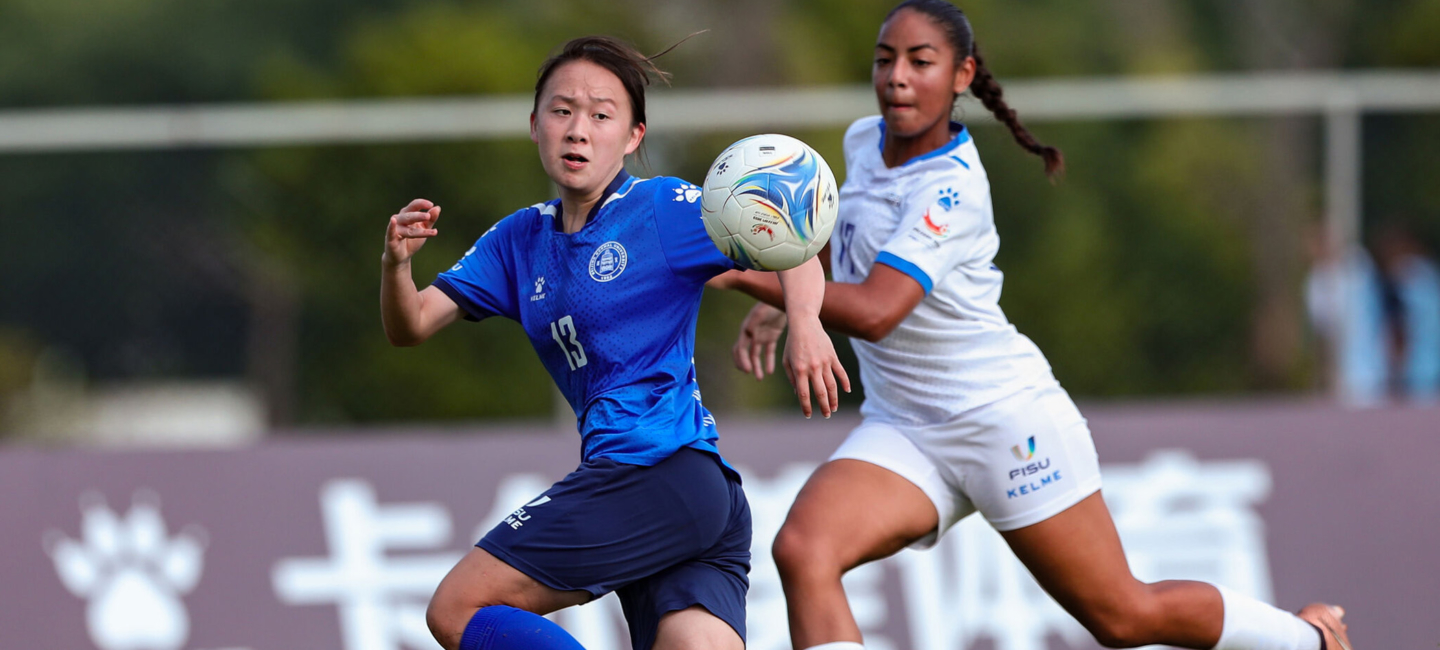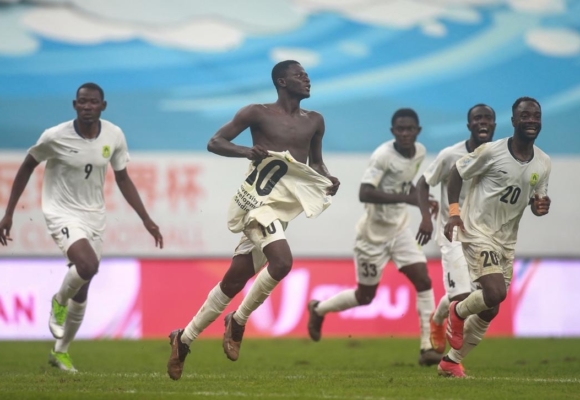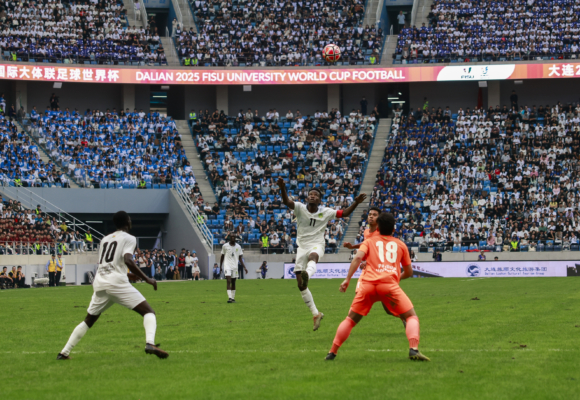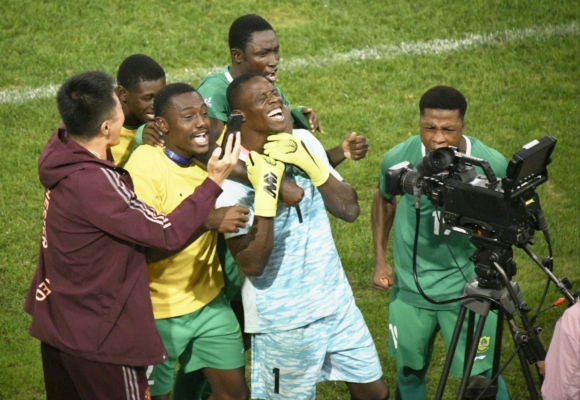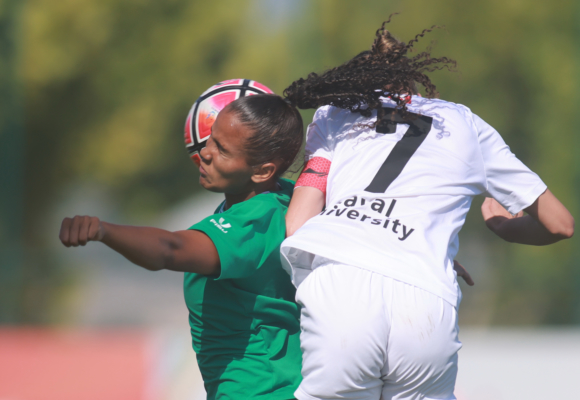The origin of football can be found in every corner of geography and sports history. It is the most popular sport in the world. In 1985, football was included in the compulsory programme of the Summer Games in Kobe, Japan. Football is now on the FISU sports programme as a University World Cup. The inaugural edition under this format was held in Jinjiang, China, in 2019 and continued in the same city in 2023. The next edition will be organised in 2025 in Dalian, China.
News
All newsEvents
FISU Technical Committee Chairs
 hkg
hkg
 lat
lat
History of Football in FISU
Long before our era, many cultures played a certain kind of ball game. But contemporary football as we know it today traces back to England in the 1900s, when rugby football and association football branched off on their different courses. From there on, football experienced an increasing professionalisation and popularity first in Europe and later all over the world. However, it was not until 1966 in Galicia that football was included into the programme of FISU.
The first tournament was held in the structure of a European University Championship and eight European teams battled for the first gold medal in university football. During the following years, FISU successfully staged many World University Football Championships, steadily growing in participation figures. At the Summer Universiade in 1979 in Mexico City, football was included as an optional sport and twenty-four teams competed in the tournament. Three years later, FISU staged the final edition of the FISU World University Football Championship, and football was then included as a compulsory sport at the Summer Universiade in 1985 in Kobe (JPN). The greatest surprise at this tournament came from the Democratic People’s Republic of Korea, who took the final against Uruguay.
In 1993, university football was opened for women and Buffalo hosted the first edition of the FISU women’s football tournament where China beat the United States in their home match. In the following years the success of women’s football progressed further. By the time of the Universiade in Beijing in 2001, it was so well-accepted that the Executive Committee of FISU decided to increase the number of women’s teams from 8 to 16, equalling the number of men’s teams. In Shenzhen, in 2011, China beat Japan in a technically fantastic and breathtaking final, delivering a match on the level of a women’s world cup game.
